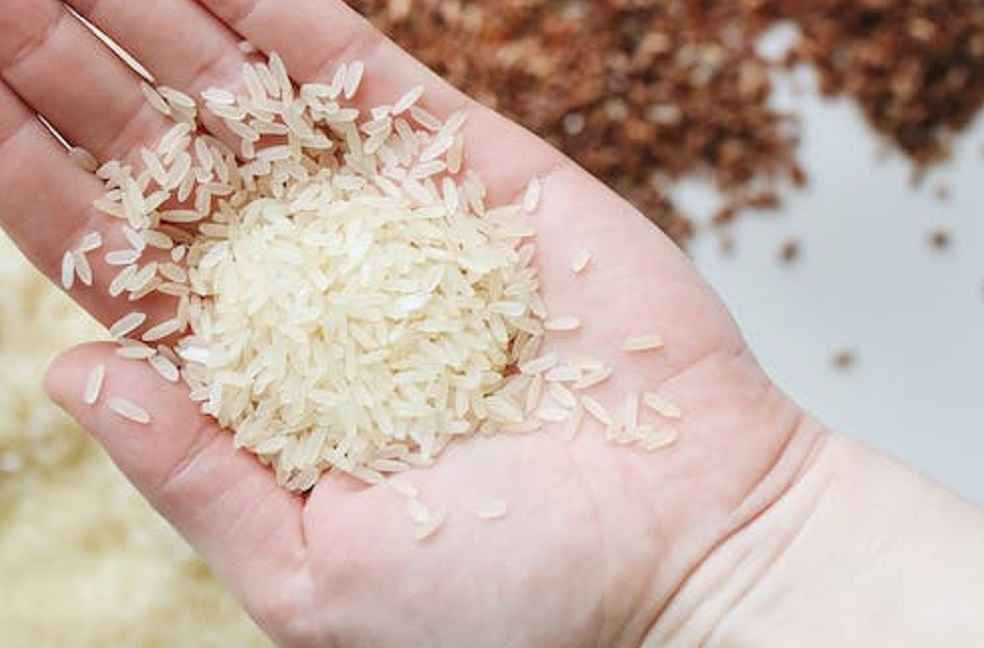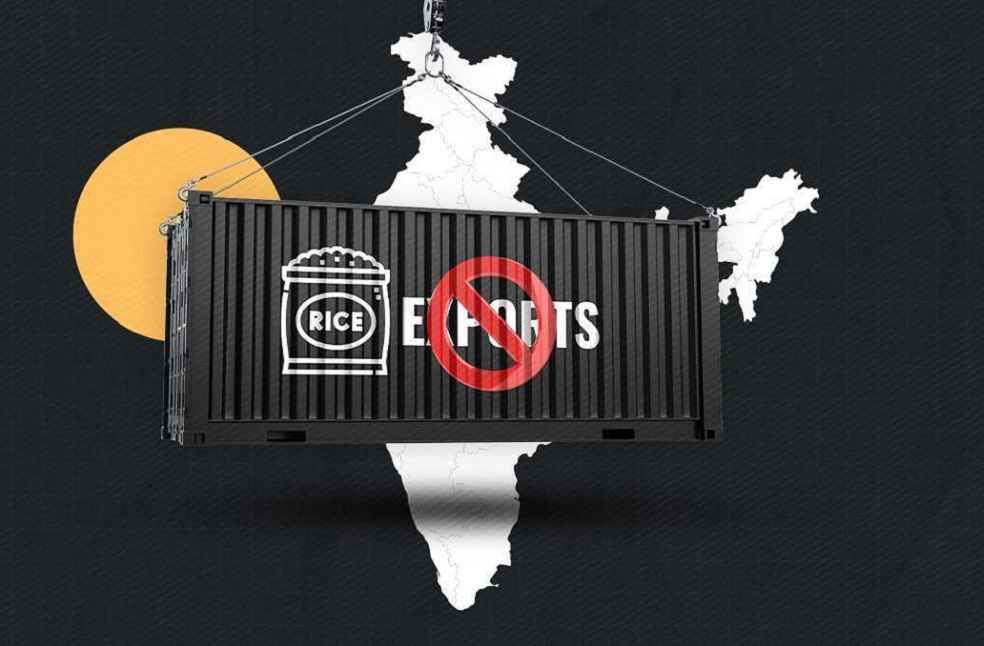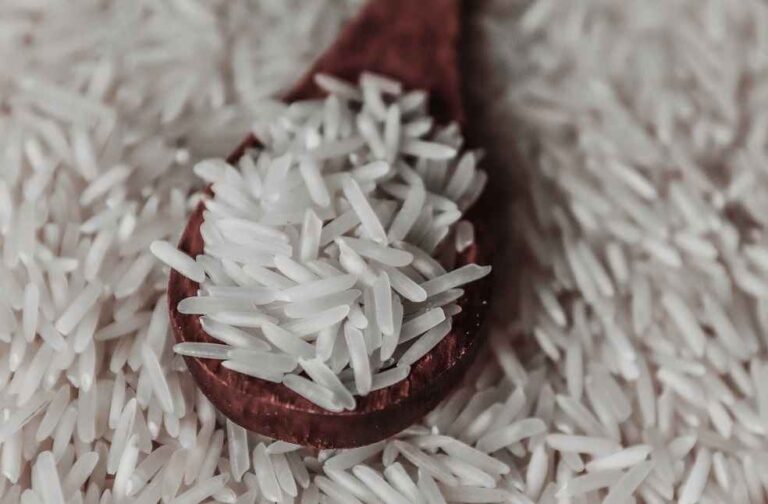Since the start of 2025, export of Vietnamese rice prices have experienced a sharp decline, pushing the nation behind Thailand in the global rice export market. The prices of Vietnam’s 5% and 25% broken rice varieties have fallen below $500 per ton, marking a significant drop. Even premium fragrant rice varieties have dipped below $600 per ton, the lowest figures recorded in two years, triggering concerns among farmers and exporters.
Association (VFA) revealed that the export price of Vietnam’s 5% broken rice decreased by an additional $7 per ton, settling at $460 per ton, approaching a two-year low. Similarly, the price of 25% broken rice dropped by $5 per ton to $432 per ton. These figures position Vietnamese rice at a considerable price disadvantage compared to its Thai counterpart.

Thai rice, by contrast, has maintained relative price stability. The export price of Thai 5% broken rice stands at $490 per ton, $30 higher than Vietnam’s equivalent. Meanwhile, Thai 25% broken rice is priced at $447 per ton, $15 above Vietnam’s rates. This stability has allowed Thailand to solidify its position as the global leader in rice export prices among major exporters.
The decline in Vietnamese rice prices has been attributed to both domestic and global factors. Tran Thanh Hai, Deputy Director of the Export and Import Department under the Ministry of Industry and Trade, likened the movement of rice prices to stock market trends, with natural fluctuations being inevitable. He noted that after reaching peak levels, prices are bound to recede.

Global supply dynamics have also exerted downward pressure. India, often referred to as the ‘world’s rice bowl,’ recently lifted its export ban and removed export taxes. This move flooded the market with Indian rice, creating competitive pressure and reducing global rice prices. Furthermore, ample global rice supplies have affected not only Vietnam but also other major exporters, including Thailand and Pakistan.
Amid these challenges, Deputy Director Hai emphasized the importance of supporting both rice farmers and businesses. He proposed financial measures such as offering loans to traders and enterprises during periods of low prices to enable stockpiling and market stabilisation. Additionally, he urged the financial sector to expedite VAT refund procedures, facilitating reinvestment and increased rice purchasing capacity for businesses.
BUSINESS GENERAL | Brazil’s 2024 Trade Surplus Hits $74.55B, Near Record High!



